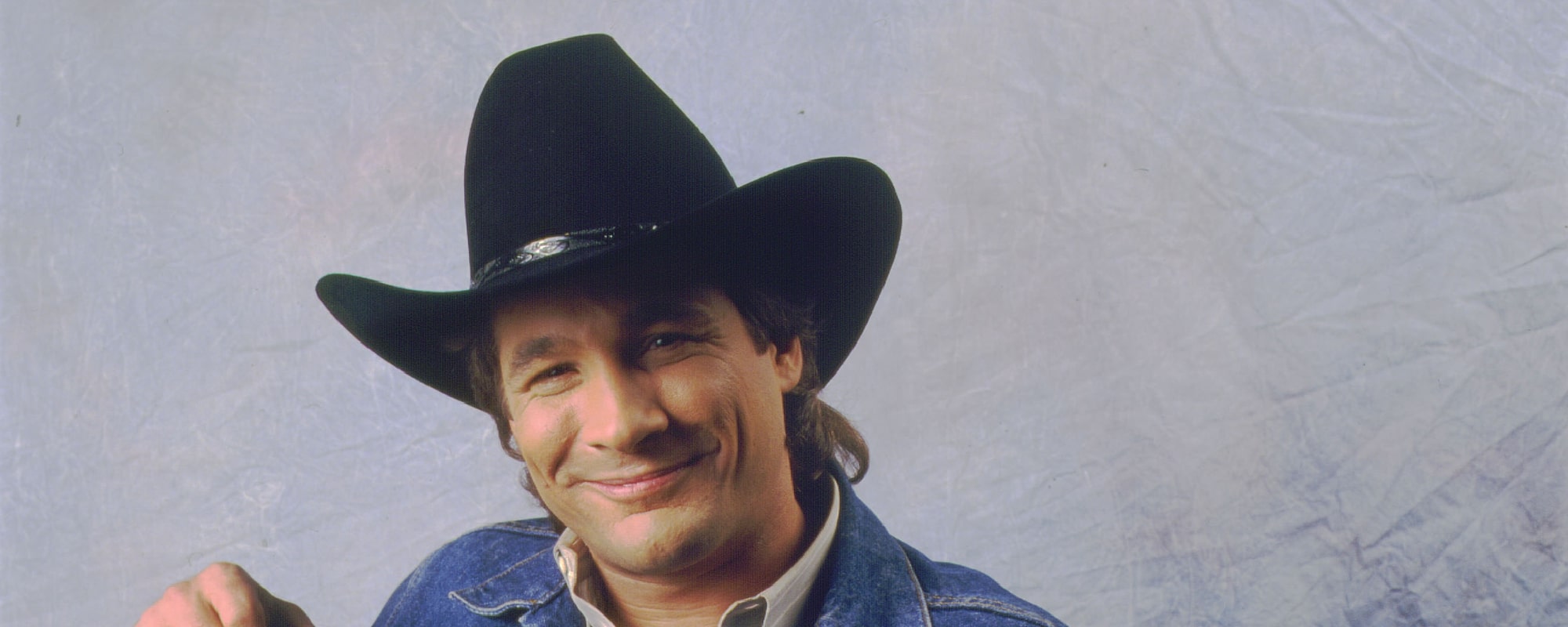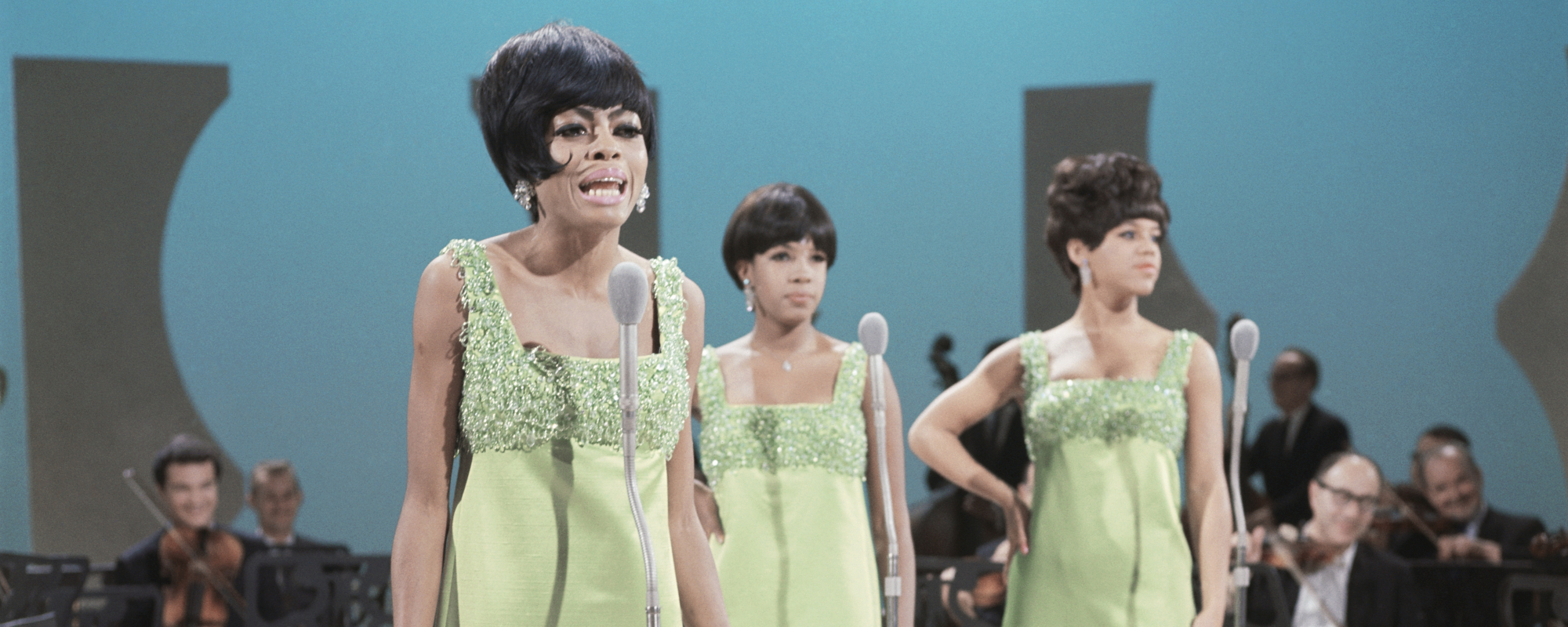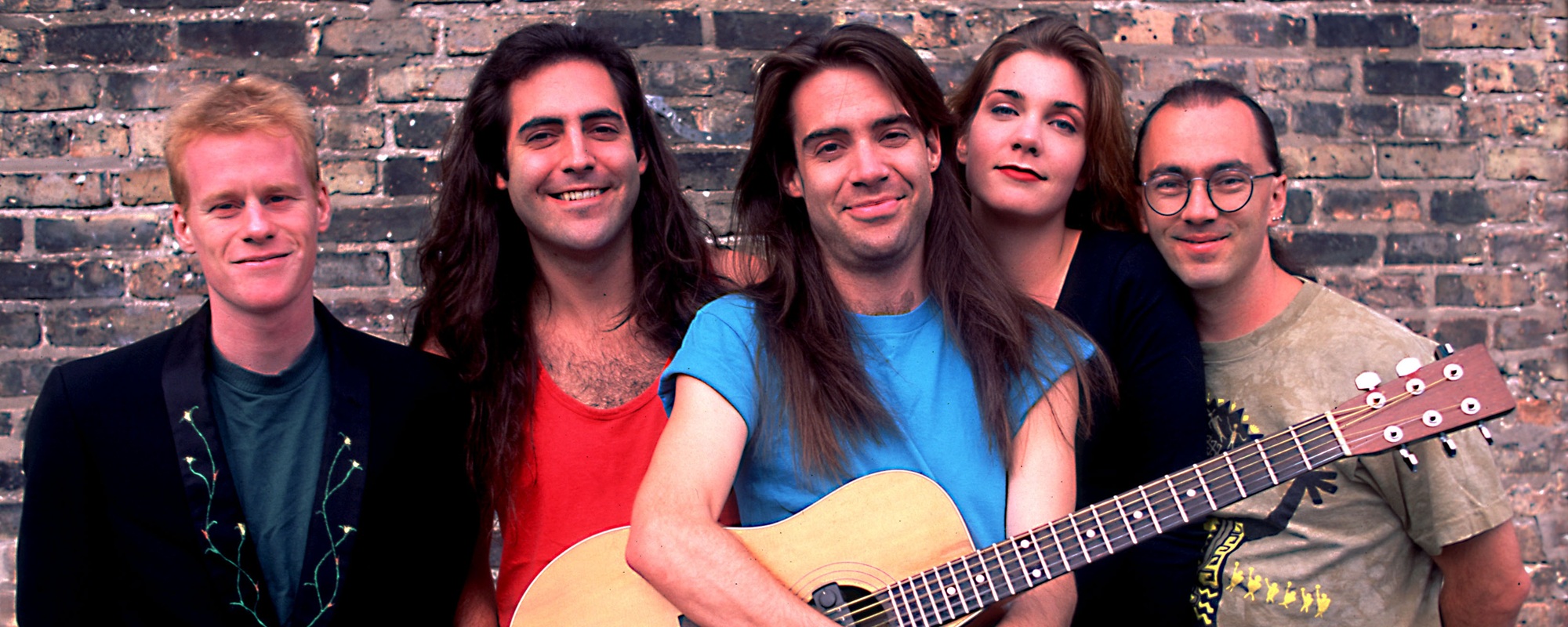He became one of the most consistent hitmakers of a stretch that ran all the way from the mid-‘70s through the entirety of the ‘80s. Bob Seger did all that without pandering or dumbing his music down, instead simply writing from the heart and telling affecting, authentic stories about real people.
Videos by American Songwriter
His first hit single, however, came well before that heyday, and it represented a brasher side of Seger than the contemplative, wistful side for which he became known. Here’s a look back at the first time that Bob Seger dented the U.S. Top-40 charts.
All Systems Go
Anybody remember these bands: The Decibels? Maybe Doug Brown & The Omens? How about The Last Word? Bob Seger was a part of all of these bands, starting when he was still just a teenager in the early ‘60s.
As the decade progressed, Seger started to step out in front as he developed as a songwriter and singer. His unit Bob Seger and the Last Word released a series of singles that showed promise, most notably the 1967 release “Heavy Music,” which would continue to get airplay years after its initial release even though it didn’t do much on the charts.
Seger then moved on to form the unit The Bob Seger System, a quartet that also included bassist Don Horgan, drummer Pep Perrine, and keyboardist Bob Schultz. The first single that they released was the antiwar song “2 + 2 = ?,” which gave an early indication of Seger’s willingness to speak truth to power. But it was the band’s next release that earned this legendary artist his first widespread recognition.
“Gamblin’” With His Career
“Ramblin’ Gamblin’ Man” tells the story of a guy who busted out of his hometown at the tender age of 13, leaned to spin fortune wheels and throw dice, and committed himself to living and loving on the run. Seger spit out the fast-talking lyrics with confidence over a stomping, organ-filled musical backdrop.
The song is barely more than two minutes long, and yet Seger and his band squeeze every last drop of energy out of it. Among the contributors on that song: none other than Glenn Frey, the future Eagle who played acoustic guitar and added backup vocals.
“Ramblin’ Gamblin’ Man” found its way to No. 22 on the U.S. charts in 1968. The success of the song also led to the Bob Seger System album of the same name, which was released a year later. It all seemed promising, but it would be quite some time before Seger would reach that level of commercial success again.
The Aftermath
Bob Seger wouldn’t get another song into the U.S. Top 40 for eight years after the release of “Ramblin’ Gamblin’ Man.” Although he developed a solid following in the Midwest, his album and single releases, which starting in the early ‘70s were simply credited to Bob Seger, failed to draw much interest.
Still, Seger kept after it, continuing to hone his songwriting and performing skills. He eventually formed a new backing group, The Silver Bullet Band, and did a live album called Live Bullet in 1976 that included some of the best songs in his back catalog (including “Ramblin’ Gamblin’ Man”). A few of those live cuts worked their way into rotation on FM radio stations, setting the stage for what came next.
Later in 1976, with the public suddenly awaiting a new Seger record, he rose to the occasion with the “Night Moves” single and the album of the same name. His long road back to the promised land of the charts was complete, and he wasn’t going to leave that pinnacle for quite some time.
Photo by PoPsie Randolph/Getty Images











Leave a Reply
Only members can comment. Become a member. Already a member? Log in.